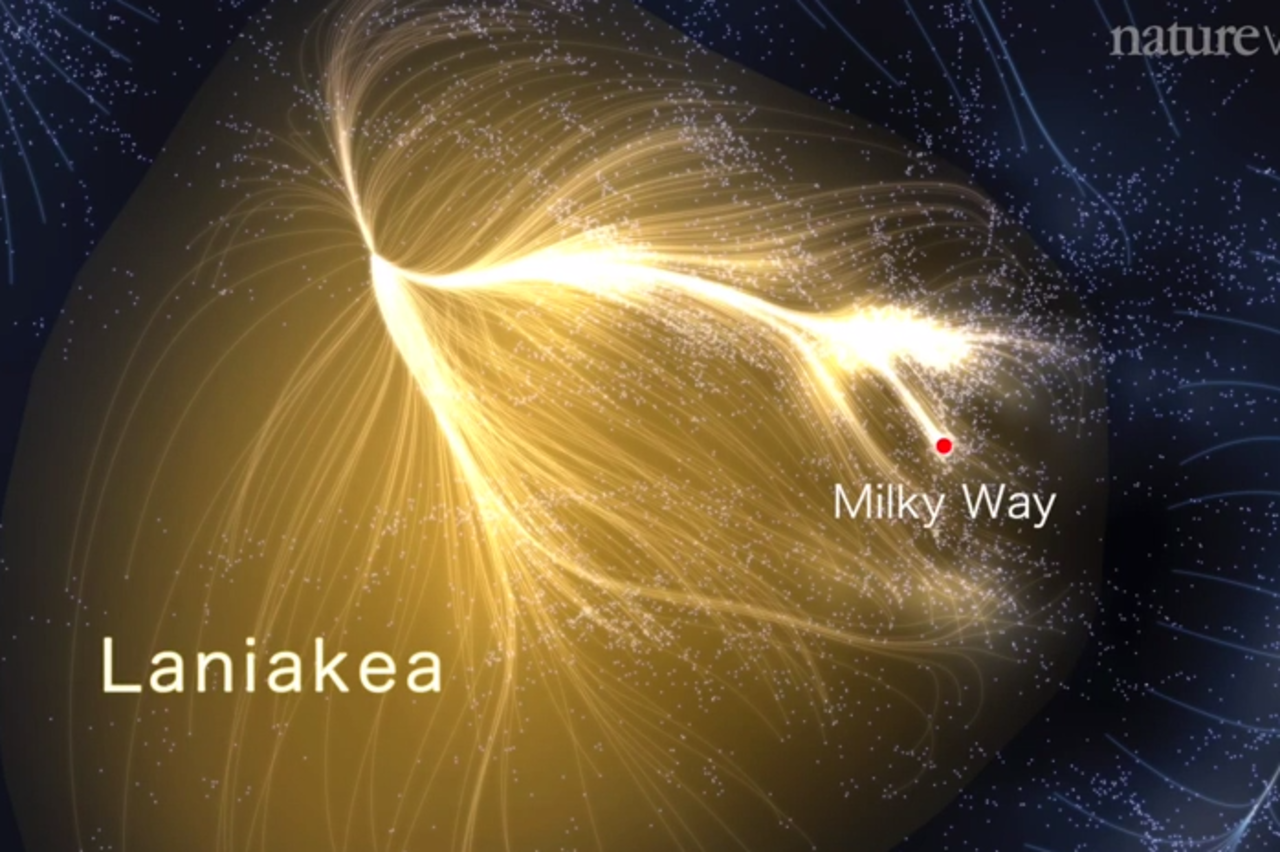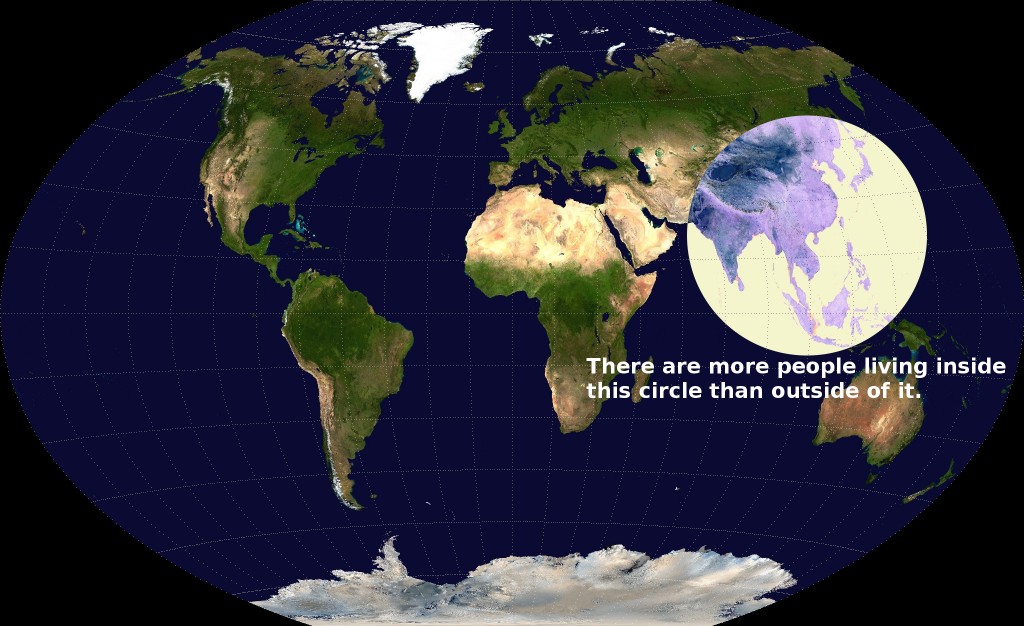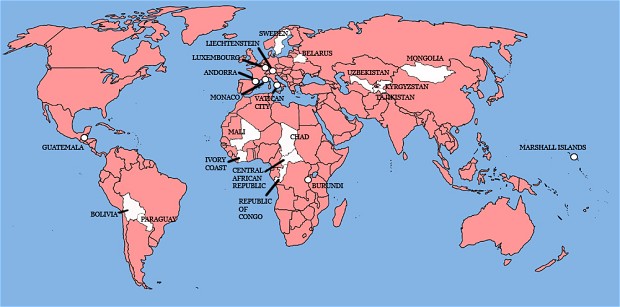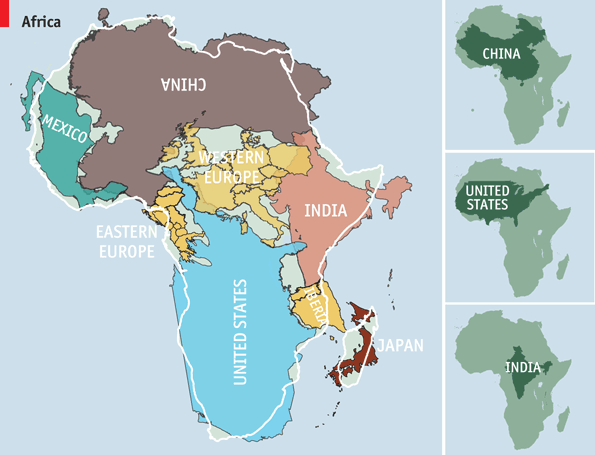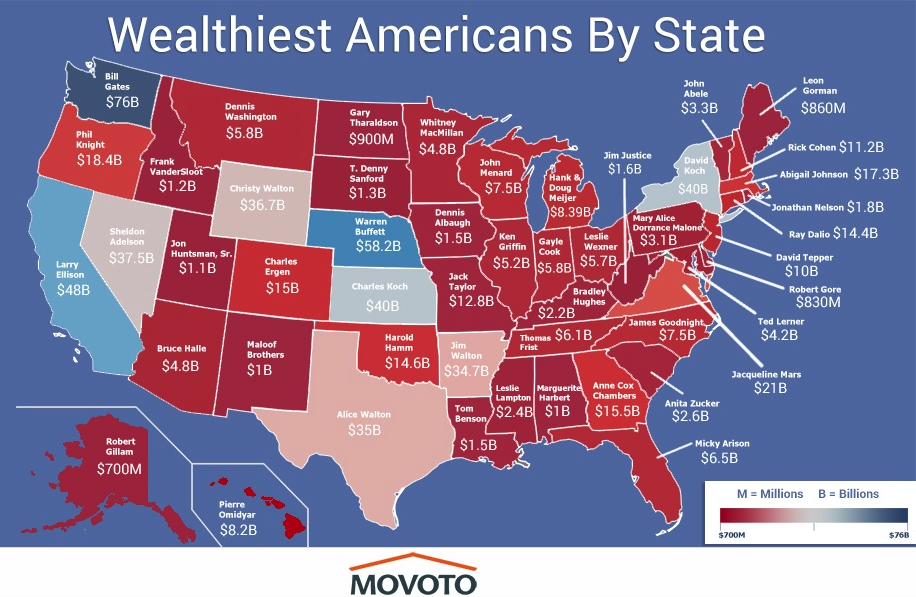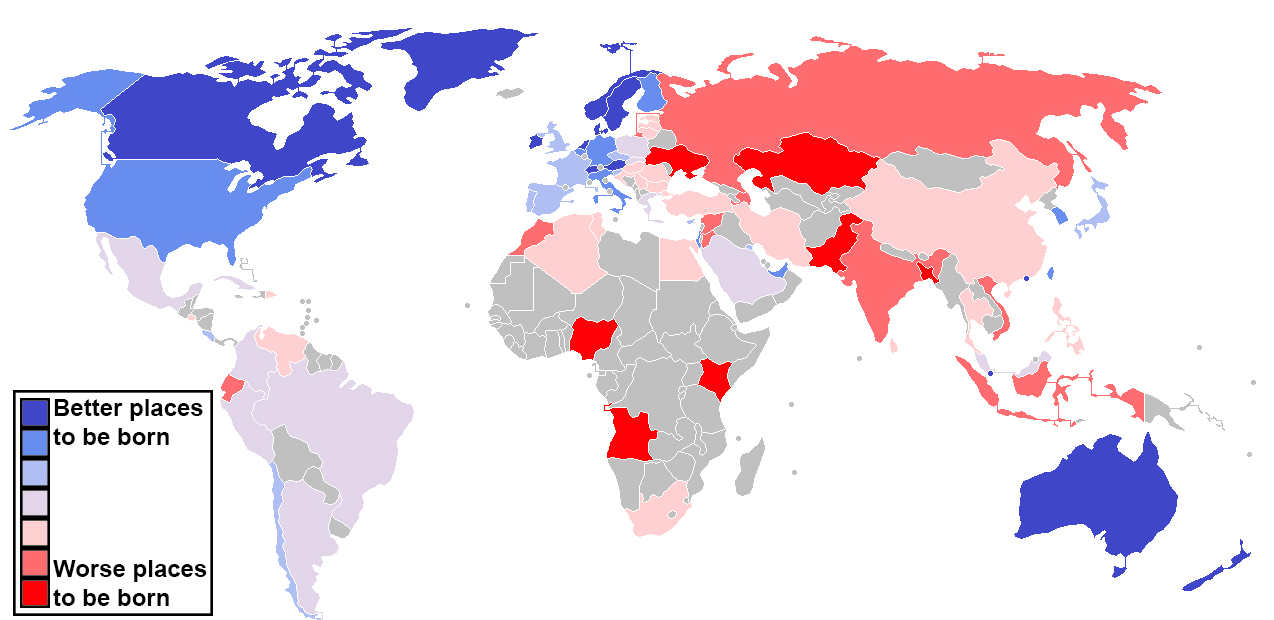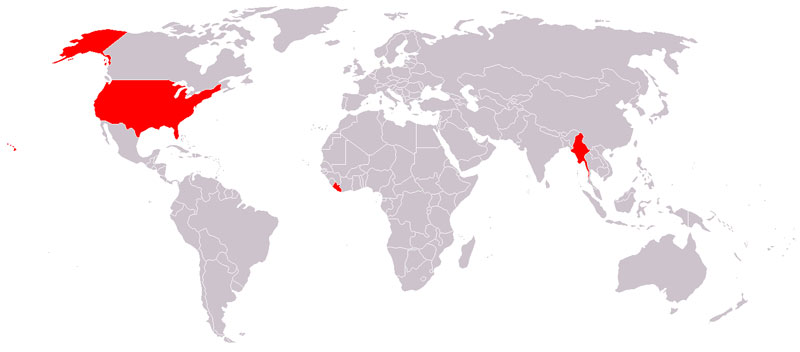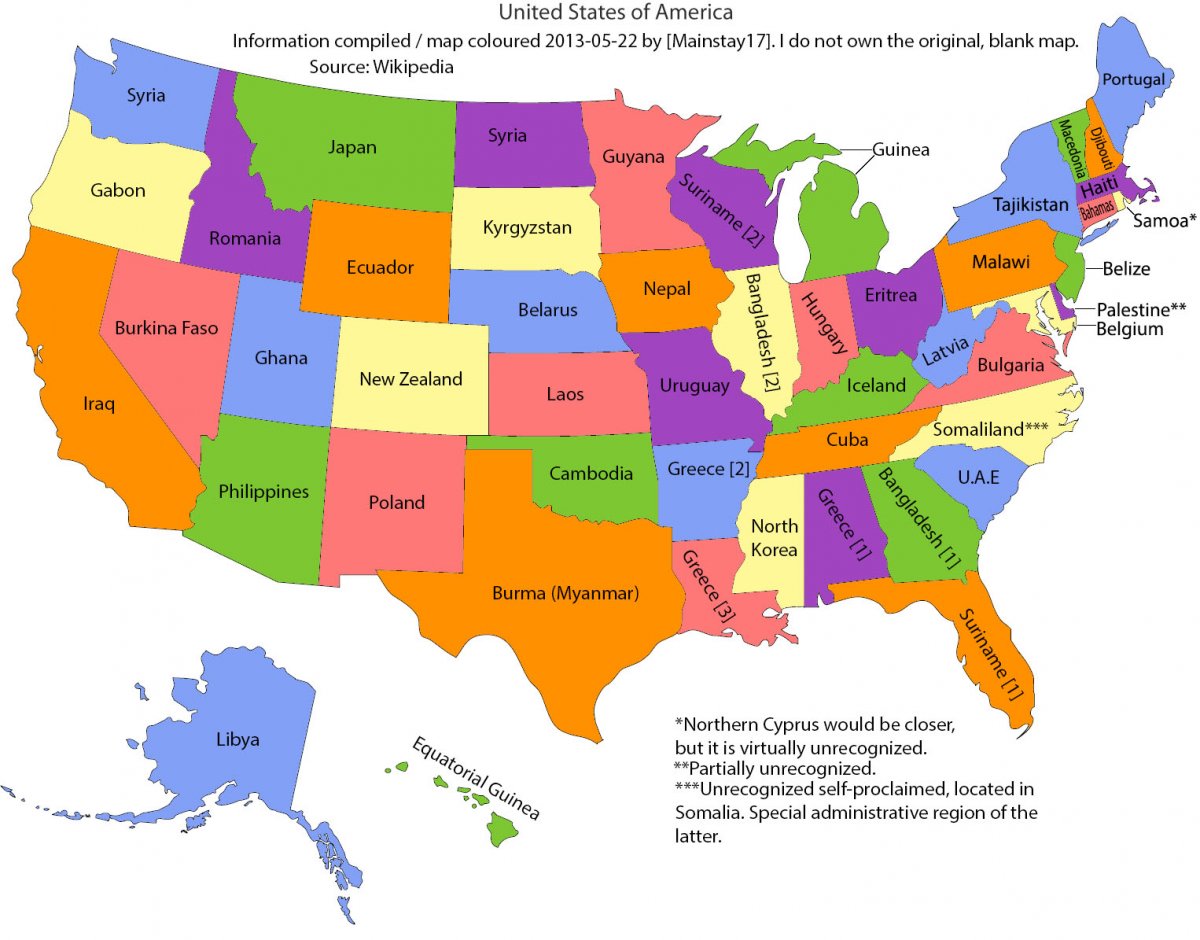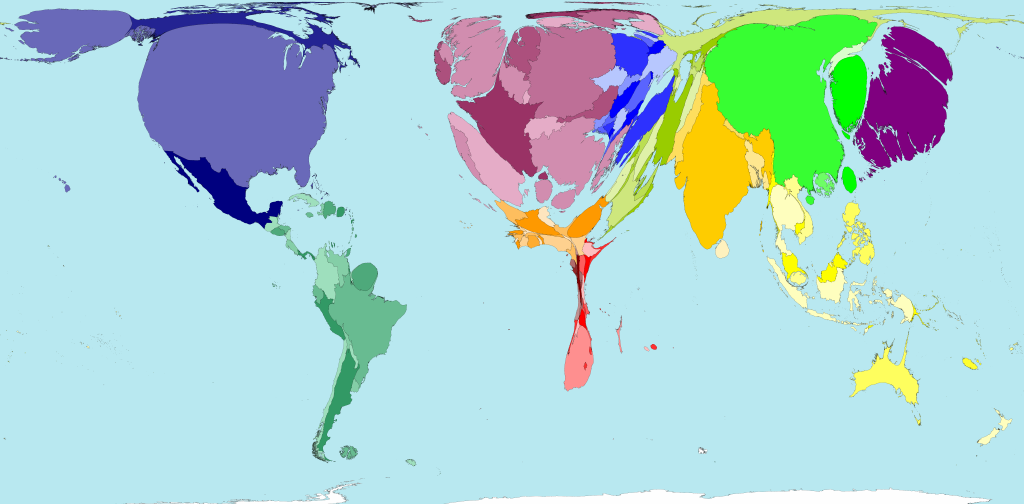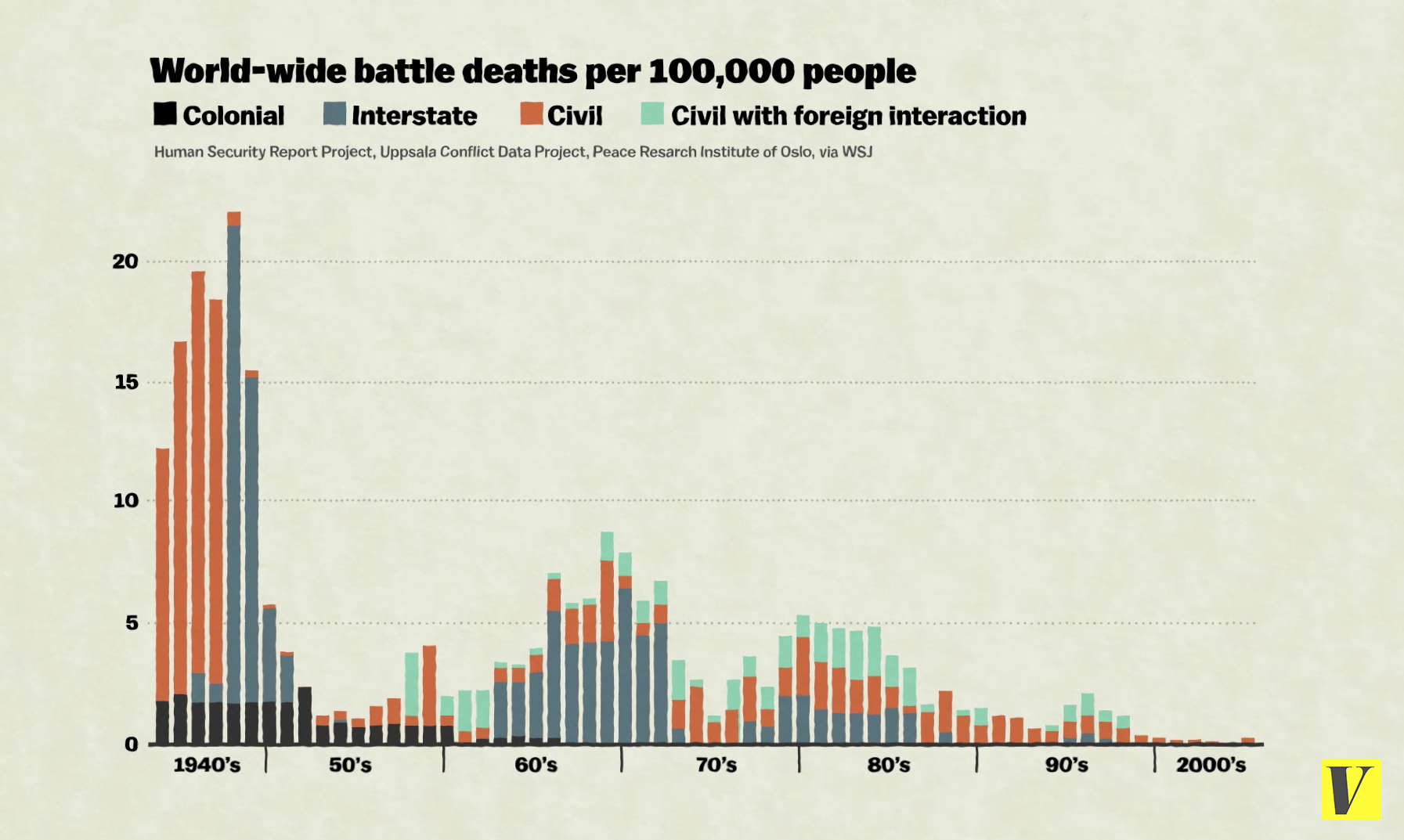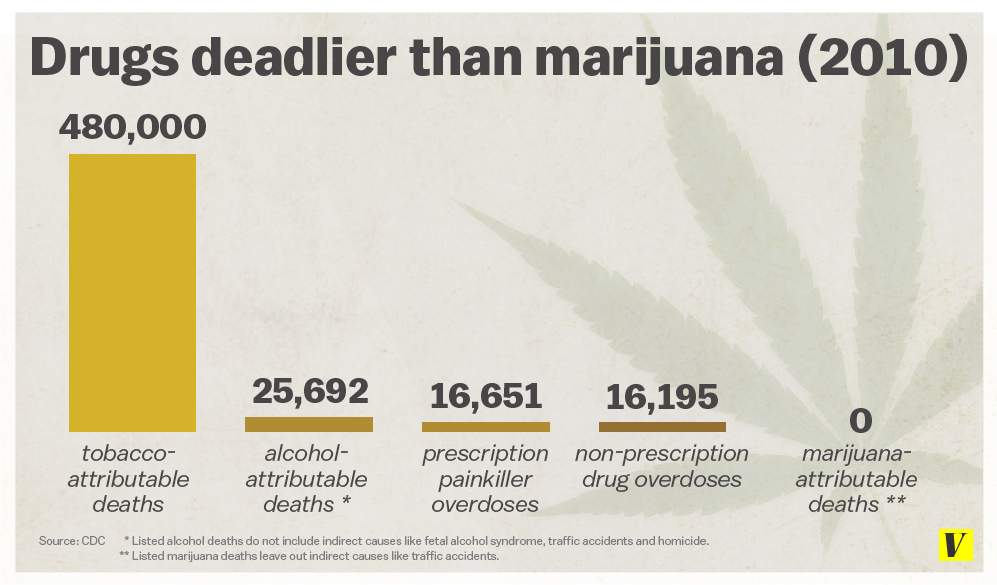BAD DAY AT THE BEACH [via David Adashek]
BEACH IN PATAGONIA , ARGENTINA HOW TO DISAPPEAR IN A REALLY BIG HURRY!
This guy was walking into the water, not even ankle deep yet, and two killer whales just snatched him. No blood. No guts. No mess. Just GONE!
He happened to be waving at a friend who was taking a video of him, but it became his last wave EVER!
Just suppose that his friend had not been filming at that moment, or had not been looking in that direction. Except for this incredible video, he would have been gone without even a trace, never to be found by family or friends.
His first clue should have been the seal pup that was coming to shore. This is a classic case of a person being in the wrong place at the wrong time.
This guy was walking into the water, not even ankle deep yet, and two killer whales just snatched him. No blood. No guts. No mess. Just GONE!
He happened to be waving at a friend who was taking a video of him, but it became his last wave EVER!
Just suppose that his friend had not been filming at that moment, or had not been looking in that direction. Except for this incredible video, he would have been gone without even a trace, never to be found by family or friends.
His first clue should have been the seal pup that was coming to shore. This is a classic case of a person being in the wrong place at the wrong time.
Secret to a Happy Marriage ...
A man and woman had been married for more than 60 years. They had shared everything. They had talked about everything. They had kept no secrets from each other except that the little old woman had a shoe box in the top of her closet that she had cautioned her husband never to open or ask her about.
For all of these years, he had never thought about the box, but one day the little old woman got very sick and the doctor said she would not recover.
In trying to sort out their affairs, the little old man took down the shoe box and took it to his wife's bedside. She agreed that it was time that he should know what was in the box. When he opened it, he found two crocheted dolls and a stack of money totalling $95,000. He asked her about the contents.
'When we were to be married,' she said, ' my grandmother told me the secret of a happy marriage was to never argue. She told me that if I ever got angry with you, I should just keep quiet and crochet a doll.' The little old man was so moved; he had to fight back tears. Only two Precious dolls were in the box. She had only been angry with him two Times in all those years of living and loving. He almost burst with Happiness.
'Honey,' he said, 'that explains the doll, but what about all of this money? Where did it come from?' 'Oh,' she said, 'that's the money I made from selling the dolls.
Q&A: Jarrett Stieber Starts 2014 With New Pop-Ups
People took note of Atlanta chef Jarrett Stieber in 2013. The guy left his fine-dining jobs to head out into the shakier terrain of do-it-yourselfism, and quickly established a following thanks to his creative, attractive and locally sourced dishes. His semi-permanent pop-up restaurant in the back of the Candler Park Market produced some of the year's more delightful dishes, and his involvement in the series of restaurant-within-a-restaurant projects at Gato Bizco maintained that sense of playfulness. 2014 sees Stieber's CPM project wrapped up, but he's setting up shop behind the deli counter of The General Muir on Wednesdays through Fridays, from 10:30 AM to 5 PM, beginning today, with a focus on Israeli food (fingers crossed for sabiches). Sunday evenings beginning in February he's relaunching his dinner service at Gato from 7 to 11 PM - diners in the know should also ask about a possible speakeasy nearby featuring different bartenders. We chatted with Stieber about his new projects, all of which fall under the moniker Eat Me Speak Me he's adopted.
Zagat: How'd you celebrate the New Year?
Jarrett Stieber: I just went by Kimball House. Couldn't think of anywhere better to ring in the New Year - I love it! Stayed there until just after midnight, got a smooch, headed home to rest up for 2014.
Zagat: Talk a little about what you have planned for your time at The General Muir.
JS: I wanted to make sure to get some new stuff for myself lined up for the start of the year. Last year there was a lot of flux in my job. I was leaving Empire State South where I'd worked, and was planning on moving to Asheville, but that didn't work out - the restaurant where I was going to work didn't open in time, so I moved back to Atlanta.
The General Muir - it's always busy at lunch, and their chef Todd Ginsberg had approached me about doing a pop-up at some point. I guess they've been open for a year now, and restaurants always change a lot in that first year. They wanted some more interesting food out of the deli. And while they focus on things inspired by New York Jewish delis, they wanted some things that are more Israeli Jewish using seasonal ingredients, brighter colors, brighter ingredients
Zagat: What's going to be on your menu?
JS: i'm going to open with a menu the way I want a lunch menu to be. I haven't ever permanently cooked in a lunch-service environment, so i don't really know what to expect. I'll make my opening menu the way i would want to eat lunch and see what it sells, and then adjust from there down the line.
We'll have soup at all times, probably different each week, usually some sort of warm grain dish with veggies and different condiment, probably staples, and then one composed meat plate that'll be still veg-heavy but still feature some sort of kosher meat. I think we'll also have a tofu dish and one completely vegetarian dish. i want to keep everything at app-sized portions and easy to take with you, kind of in line with the to-go nature of a deli. It's super, super important to me that my food is locally sourced. I can't stress that enough. And my dishes will reflect seasonality. I cook with a sense of humor and a little irreverence, so that'll play into it, too.
We want to make the deli as exciting as the rest of the restaurant.
Zagat: What important lessons did you learn from your time at the Candler Park Market?
JS: Candler Park was great for a semi-permanent pop-up. Doing it five days a week really gave me a great understanding of ordering food, prepping food and of just being myself, working, and how to share space with people. We had agreed that it would be temporary - Candler Park Market has a lot of great things planned for the coming year, so this was the best time to go in new directions.
it definitely was a huge benefit for figuring out what works, what doesn't, finding out a way to develop my own food. And reacting to what people like to eat, too. That's been really important to keep that in mind.
Zagat: And what's the plan with Gato in the new year?
JS: Gato's going to be awesome as well. I think it'll be a little more of an adventurous menu, fun things, a bigger menu, and without the dietary restrictions like no pork or no shellfish like at the General Muir. It'll be Sundays starting the first weekend in February, so it's still kind of coming together, but people can keep up with it at EatMeSpeakMe.com
Zagat: What's the appeal of doing pop-ups?
JS: What I like about this is that any form of art is constantly evolving and changing. Food is no different. Food is a trade and a skill set, but also a medium for expressing artistic license that comes with interesting food. In the confines of a brick and mortar place with four walls, things can be kind of rigid. Pop-ups give me the freedom to try a lot of different things. You know, once you establish a place's identity, it's tough to play around with it, it's structured and rigid. There's something to be said for predictability… but right now I want to play.
Zagat: Any plans down the line beyond these pop-ups?
JS: This thing with the General Muir is open ended, so it'll just keep going until it seems like it's time to stop. Like any other ambitious cook, I have visions of my own place. But I'd like to learn more about my voice as a chef and learn more about being a businessman. Nobody wants to fail, so until I feel like it's 100 percent the time, that's not going to happen.
Reposted from Zagat.com
“Politicians discussing global warming” Street Sculpture [via Nina Reznick]
Isaac Cordal's "Follow the leaders." Berlin, Germany, April 2011. (Cement Eclipses/Facebook)
“Politicians discussing global warming” — that’s what social media users have dubbed this tiny puddle sculpture by Spanish street artist Isaac Cordal.
The image has gone viral in the past few days and it’s obvious why. With sea levels projected to rise up to three feet by the end of the century, it's a stark reminder of our collective failure to act on climate change.
See more
Letter to Hong Kong Students: Tonight I Picked a Side [via Philip Kim]
Yu Xiaobo
As a mainlander in Hong Kong, I constantly feel the prejudice and ill will against us but also understand the helplessness that underlies these feelings. For many years, I have lived with the awkwardness of being stuck between two worlds; but tonight I picked a side. Tonight I stand by you, because you are doing what I never dared to dream.
 When I first came here, I was impressed by the political awareness and involvement of Hong Kong students. The posts on democracy walls and the frequent political discussions and lectures at the university indicated the major role that students played in leading social development. I was often asked about the political situation on the mainland and even about my own stance. I found the questions very difficult to answer, not only because the situation was too complicated to be explained in a few words, but also because of my ignorance of such issues. Yet I appreciated your concern and your sincerity in reaching out. Looking back at us mainlanders, not only do we seldom care about Hong Kong issues, we barely understand our own. As a rough estimate, fewer than one in ten mainland university students know in any detail the procedure for electing our leaders. It is not even in our mindset to consider the legitimacy and integrity of that process. We don’t know that it’s possible to ask, ‘What do we want?’ Yet we label our silence “maturity”.
When I first came here, I was impressed by the political awareness and involvement of Hong Kong students. The posts on democracy walls and the frequent political discussions and lectures at the university indicated the major role that students played in leading social development. I was often asked about the political situation on the mainland and even about my own stance. I found the questions very difficult to answer, not only because the situation was too complicated to be explained in a few words, but also because of my ignorance of such issues. Yet I appreciated your concern and your sincerity in reaching out. Looking back at us mainlanders, not only do we seldom care about Hong Kong issues, we barely understand our own. As a rough estimate, fewer than one in ten mainland university students know in any detail the procedure for electing our leaders. It is not even in our mindset to consider the legitimacy and integrity of that process. We don’t know that it’s possible to ask, ‘What do we want?’ Yet we label our silence “maturity”.Tonight, I saw more than passion and participation. I saw a determination and solidarity that I have never experienced, and that has not been seen in China for a long time. When the boycott and occupation started, I did not expect it to last long, let alone that it would grow to such an extent. Then I saw the yellow ribbons spreading from universities to all of Hong Kong, not only on students but also on professors, on people who’d just got off work and on tottering grandmas. I saw the crowd refuse to be driven away by tear gas, and watched it create a poignant symbol out of an everyday umbrella. I saw you running around, distributing food and drink to people you didn’t even know. Tonight, I saw you become brothers and sisters.
I asked myself, when did I ever see such a scene back home? When did we ever work side by side for the same goal, other than for our college entrance exam? Sadly, not once in my life. Is it for me to be blamed for regarding bravery as foolishness and courage as naïveté? Some say this is just not the way we deal with things, but seriously, how do we ever deal with anything? I cannot hide my jealousy of you for having the opportunity to fight. In my twenties, I am one example of so many who are going to be the hard core of our society – again, we never knew that there is such an option.
I am also deeply impressed by how calm and disciplined you have been during this revolution. In the occupied area, I saw students doing their reading by the light of cell phones, picking up litter and sorting out the recyclables. In your operation guide I read: ‘Avoid physical confrontation, but also avoid developing hatred in your heart’; and I saw the banner declaring “Equality, Tolerance, Love, and Care.” To stay calm and rational may be the hardest act, for angry youths in particular. But you learnt from previous experience, and you know it is the sharpest weapon. Tonight, you taught me the real meaning of maturity.
A friend of mine, an activist, told me that she didn’t really think the Nonviolence Occupy Central Movement would lead to the result we all hoped for; what she wanted was simply to have her voice heard and to raise consciousness, so that one day it would succeed. I cannot imagine how much courage it must take to strive for hope, and hope alone. But I know this is how you have come this far. We are on our way.
I understand the fear behind your courage. If you don’t do anything now, the day will come that you are going to be just another me. Honestly, this is my fear too. In a city so busy and crowded, you don’t give in to its burdens but keep your faith in democracy and liberty, in the power of the masses. To me, this is the fascination of Hong Kong. I don’t dare to think what the city would be like without the hoarse voices on the streets and the fists waving in the air.
Sitting next to you, I know the pain and anger I feel at this moment is less than a thousandth of what you have felt. We cannot know if the situation is getting better, or if the future is getting brighter. Nonetheless, I have to say to you that what you have now – your courage and hope, solidarity and discipline – are so precious. You have no idea how people in the dark corners of the world, me included, covet it. It is an honour and a blessing. Hold on to it, for your own hopes, and for ours too.
I stand by you tonight, till the dawn of democracy.
More Maps and charts that will surprise you [via Nina Reznick]
A good visualization helps you see what
the data is telling you. The best visualizations help you you see things
you never thought the data would tell you. These 22 charts and maps
were, at least for me, in that category: all of them told me something I
found surprising. Some of them genuinely changed the way I think about
the world.
-
Germany and Japan have the world's oldest populations. Niger has the youngest.
Much of what looks like politics and economics is actually just demographics in disguise. Country’s with aging populations often end up with high budget deficits and weak economic growth because there are too few workers to support the many retirees. Countries with extremely young populations often end up in political chaos — particularly if there aren’t enough jobs to go around. Right now, Germany and Japan have the world’s oldest populations, with a median age of 46.1. Niger has the world’s youngest population with a median age of, shockingly, 15.1.
-
Snapchat is more popular than Twitter among Millenials
According to data collected by Comscore and compiled by Statista, more millennials have installed Snapchat on their phones than Twitter. And Instagram is more popular than either of them. This data doesn’t tell us much about how often the different services are used, but it does speak to the incredible popularity of picture-based messaging apps among young people. Next time you hear about Snapchat seeing a $10 billion valuation, this chart is why.
-
Half of US GDP comes from these 23 orange blotches
Half of America’s gross domestic product comes from the 23 orange blotches on this map. The other half comes from the vast acres of blue. Those orange blotches are America’s largest metro areas — and they absolutely power the American economy. But though small in size, they’re large in population: about 110 million people live in those orange blotches, says Reddit user Atrubetskoy, who created the map. So what you’re seeing on this map isn’t just that there’s a lot of economic activity compressed into some very small spaces in America, but that there are huge swaths of the American landscape where not that many people live.
-
Antarctica's weird time zones
The South Pole is located almost smack in the center of Antarctica. That puts the continent on every line of longitude — and, in theory, in every single timezone. But as an interesting Wikipedia article on the subject explains, the extreme day-night cycles make that impractical, and thus time zones are often based on territorial claims. The result is that "many stations use the time of the country they are owned by or the time zone of their supply base (e.g. McMurdo Station and Amundsen–Scott South Pole Station use New Zealand time due to their main supply base being Christchurch, New Zealand). Nearby stations can have different time zones, because of belonging to different countries."
-
Guyana has the highest suicide rate in the world
According to data gathered by the World Health Organization, Guyana has the highest suicide rate in the world, with 44 suicides per 100,000 people. That puts them slightly ahead of even North Korea, which has 38.5 suicides per 100,000 people. Among large countries, South Korea, with 28.5 suicides per 100,000 people, and Russia, with 18.5 suicides per 100,000 people, have particularly bad records. The suicide rate in the US is 12.1 per 100,000 people.
-
If the world was as tightly packed as New York City, everyone could fit into Texas
This fascinating infographic from Per Square Mile shows that if everyone in the world lived as close together as, say, New Yorkers, they could all fit into Texas. Which is all to say that we’ve got a lot more land than we have people. But there’s an important caveat: it takes a lot of land to support all those people. As Per Square Mile goes on to note, if everyone in the world required as much land to support them as Americans do, we would need four earths.
-
Assault deaths in America are falling
There are more gun-related deaths in America than anywhere else in the developed world. But people know that already. These are meant to be surprising maps and charts. So how about this: for all the horrible shootings in recent years, assault deaths in the Unites States have actually been falling sharply. This includes gun deaths. Michael Planty and Jennifer Truman of the Bureau of Justice Statistics found that gun homicides fell 39 percent between 1993 and 2011. (For much more on guns in America, ready Dylan Matthews’ cardstack.)
-
We've cut childhood mortality almost in half since 1990
Let’s continue with the good news for a minute. Between 1990 and 2013 the mortality rate for children under 5 was cut nearly in half. This is some of the best news in the history of the human race. "That includes an over two thirds drop in East Asia, Latin America/Caribbean, and Northern Africa, and a 48 percent drop in sub-Saharan Africa," wrote Dylan Matthews. Out of 195 countries, 191 have seen declines. There are no gains in development quite like saving a child: you haven’t only saved a life, but you’ve saved a life with many years yet to live. Still, there’s a ways yet to go: 17,000 children die every day, and the Millennium Development Goals commit us to cutting childhood mortality by two-thirds of its 1990 levels.
-
Global population will explode to 11 billion people by 2100
There were about 200 million people on earth at the turn of the first century. By the 10th Century, there were about 300 million. We didn’t hit a billion until the 19th Century. But things really sped up from there. Today there are almost 7 billion people on earth — and world population is growing quickly. The latest UN forecasts predict there will be roughly 11 billion people on earth come 2100. That’s a lot of mouths to feed, and we really don’t know how we’ll feed them.
-
You are a tiny speck of nothingness
This is perhaps the most surprising map of all. Think about yourself for a moment. You’re a pretty big deal, right? The things that happen to you feel very consequential, don’t they? And for you, and your family, and your friends, they are. But this is a map of our corner of the universe. It’s called Laniakea and it’s got more than 100,000 galaxies and stretches more than 500 million light years across. You can’t even see earth in it, much less your city, much less your house. "It’s hard to wrap one’s head around how enormous this is," writes Brad Plumer. "Each of those points of light is an individual galaxy. Each galaxy contains millions, billlions, or even trillions of stars. Oh, and this all is just our little local corner of an even broader universe. There are many other galaxy superclusters out there." You can see more in this video from Nature. It kind of puts things in perspective, doesn’t it?
Reposted from Vox.com
Maps and charts that will surprise you [via Nina Reznick]
A good visualization helps you see what
the data is telling you. The best visualizations help you you see things
you never thought the data would tell you. These 22 charts and maps
were, at least for me, in that category: all of them told me something I
found surprising. Some of them genuinely changed the way I think about
the world.
-
This map can be summed up quite simply: a ton of people live in Asia. That circle encompasses China, India, Indonesia, Bangladesh, Japan, Vietnam, the Philippines, Burma, Thailand, South Korea, Nepal, Malaysia, North Korea, Taiwan, Sri Lanka, Cambodia, Laos, Mongolia and Bhutan. Caitlin Dewey checked the math, and found that, yes, a bit more than 51 percent of the world’s population lives in those countries. "I’m glad I’ve moved to these parts," wrote Reddit user Valeriepieris, who posted the map. "All you guys outside the circle are just playing a sidegame."
-
In the book "All The Countries We’ve Ever Invaded", British historian Stuart Laycock writes that "out of 193 countries that are currently UN member states, [the British] invaded or fought conflicts in the territory of 171. That's not far off a massive, jaw-dropping 90 per cent." But a lot of those incursions are relatively obscure. For instance, the time British troops took the Ionian islands doesn’t make it into many non-Ionian history books. Laycock’s methodology is broad — he includes British pirates, privateers, and armed explorers whose activities were blessed by the government — and his research goes all the way back to the beginning. In a review, the Telegraph notes that "the earliest invasion launched from these islands was an incursion into Gaul – now France – at the end of the second century. Clodius Albinus led an army, thought to include many Britons, across the Channel in an attempt to seize the imperial throne. The force was defeated in 197 at Lyon."
-
Africa is much bigger than you think
Most maps you see are based on the "Mercator projection," so named for Gerardus Mercator, who came up with it in 1559. The Mercator projection is excellent for sailing, as it shows constant bearing as a straight line. But it’s terrible for estimating the size of large masses of land — particularly when they’re close to poles. Under the Mercator projection, for instance, Africa looks to be about the same size as Greenland; it’s actually 14 times larger. The Economist — building on work by Kai Krause — made this graphic showing Africa’s true size: bigger not just than Greenland, but than China, the United States, India and Western Europe put together.
-
The wealthiest American in every state
The geography of wealth inequality doesn’t get much attention. But it’s stark. There are about 450 billionaires with American citizenship — and almost 200 of them live in New York and California. The result is this map. In some states, the richest people are well-known names, like Bill Gates or Sheldon Adelson. But how many of you know Leslie Wexler, CEO of the L Brands corporation and, with $5.7 billion, the richest man in Ohio? How about Anne Cox Chambers, who holds a controlling interest in Cox Enterprises and, with an estimated net worth of $15.5 billion, is the richest person in Atlanta?
-
Switzerland is the best place to be born
The Economist’s Intelligence Unit tried to assess which country gave its children the best chance of a happy, safe and prosperous life. "Being rich helps more than anything else," they write, "but it is not all that counts; things like crime, trust in public institutions and the health of family life matter too." The final measure factors in everything from income to geography to demography. When all is said and done, Switzerland leads the list, with Australia and Norway close behind. The United States tied with Germany for 16th place.
-
Liberia, Myanmar, and the United States are the only countries that don't use the metric system
As Vox’s Susannah Locke wrote, "The measuring system that the United States uses right now isn’t really a system at all. It’s a hodgepodge of various units that often seem to have no logical relationship to one another — units collected throughout our history here and there, bit by bit. Twelve inches in a foot, three feet in a yard, 1,760 yards in a mile." That’s why the rest of the world uses the metric system, where "all you need to do is multiply or divide by some factor of ten. 10 millimeters in a centimeter, 100 centimeters in a meter, 1,000 meters in a kilometer. Water freezes at 0°C and boils at 100°C."
-
America is so big that its states are the size of countries
This map puts the sheer size of the United States into perspective. Montana is about the size of Japan. California is roughly as large as Iraq. Arizona is as large as the Philippines. Though, to be honest, I find this map surprising because some countries are much larger than I’d realized. I wouldn’t have guessed, for instance, that Burma is as large as Texas, or that New Zealand is the size of Colorado.
-
Much of America in uninhabited
This map, by Nik Freeman, pulls out the 4,871,270 census blocks — covering 4.6 million square kilometers — where no one lives. That tends to mean one of three things: the first is that the land is uninhabitable, perhaps because it’s covered by a lake. The second is that laws or other kinds of sanctions prevent settlement, for instance on national parks. The third is that it’s a commercial or industrial zone where people work, but no one actually lives. "Human geographers spend so much time thinking about where people are," Freeman writes. "I thought I might bring some new insight by showing where they are not."
-
The map of world wealth
This is a map of the world weighted not by land mass or navigation lines but around how much wealth each country has. As you can see, North America and Western Europe balloon to enormous proportions — even after adjusting for purchasing power, 46 percent of global wealth in 2002 was in their hands. The horror of this map is the shrunken husk of Africa. That’s a lot of people living with very little.
-
Fewer people are dying from war than ever before
People sometimes complain that the press never writes about all the planes that land safely. By the same token, it also doesn’t write about all the people who aren’t dying in wars. But the decline in war-related deaths is a huge story — one of the most encouraging of the 20th Century, for sure. "On average, about 15 percent of people in prestate eras died violently, compared to about 3 percent of the citizens of the earliest states," wrote Harvard’s Steven Pinker. "The rate of documented direct deaths from political violence (war, terrorism, genocide and warlord militias) in the past decade is an unprecedented few hundredths of a percentage point." Vox’s Zack Beauchamp explains the reasons for the decline here, and it includes some culprits you probably don’t expect, like nuclear weapons.
-
The most dangerous drugs in America are perfectly legal
As German Lopez writes, "there’s one aspect of the war on drugs that remains perplexingly contradictory: some of the most dangerous drugs in the US are perfectly legal." This chart uses data from the Centers for Disease Control and Prevention to make a counterintuitive point: the deadliest drugs in America are legal. In some cases, those drugs are deadlier because their legal status makes them more widely available. If heroin were as easy to get as tobacco, more people would surely die from it each year. But that’s not true in all cases. Alcohol is much more dangerous than marijuana, but marijuana is illegal in most states, while alcohol is legal for those over age 21.
Reposted from Vox.com
OMG wonderful [via Nina Reznick]
Backed by stunning illustrations, David Christian narrates a complete history of the universe, from the Big Bang to the Internet, in a riveting 18 minutes. This is "Big History": an enlightening, wide-angle look at complexity, life and humanity, set against our slim share of the cosmic timeline.
More Philosophers of this Century… [via David Adashek]
~ Warren Tantum... (School photo album).
I don't believe in astrology. I am a Sagittarius and we're very skeptical.
~ Steve Martin...
Hollywood must be the only place on earth where you can be fired by a man wearing a Hawaiian shirt and a baseball cap.
~ Jimmy Durante...
Home cooking. Where many a man thinks his wife is.
~ Doug Hanwell...
America is so advanced that even the chairs are electric.
~ George Roberts...
The first piece of luggage on the carousel never belongs to anyone.
~ Jonathan Winters...
If God had intended us to fly he would have made it easier to get to the airport.
~ Robert Benchley...
I have kleptomania, but when it gets bad, I take something for it.
More Philosophers of this Century… [via David Adashek]
~ Robin Hall...
Lawyers believe a person is innocent until proven broke.
~ Jean Rostand...
Kill one man and you're a murderer, kill a million and you're a conqueror.
~ Arnold Schwarzenegger...
Having more money doesn't make you happier. I have 50 million dollars but I'm just as happy as when I had 48 million.
~ WH Auden...
We are here on earth to do good unto others. What the others are here for, I have no idea.
~ Jonathan Katz...
In hotel rooms I worry. I can't be the only guy who sits on the furniture naked.
~ Johnny Carson...
If life were fair, Elvis would still be alive today and all the impersonators would be dead.
More of The #1's of the world... [via David Angsten]
 |
| The wettest spot on Earth: Mawsynram, India Rainwise, anyway. In Mawsynram, India, it rains an average of 467.35 inches per year, and with a record of 1000 inches in 1985. |
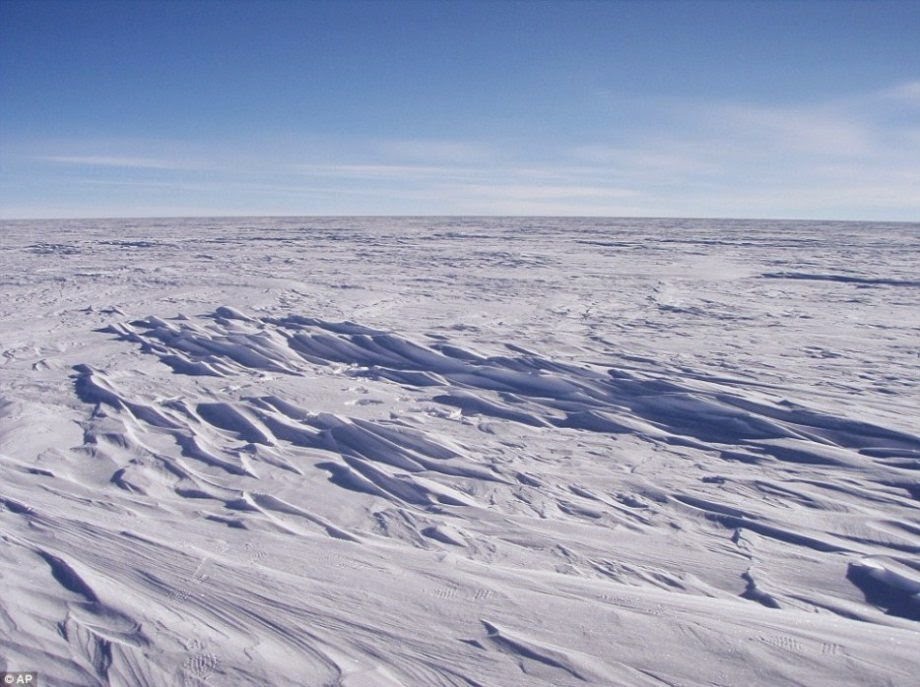 |
| Highest point in the world: Mount Everest Towering 29,029 feet in the air, the top of Mount Everest is the closest you can get to touching space, while still standing on Earth. |
 |
| The world's hottest place: Death Valley National Park The highest air temperature ever recorded on Earth was 134 degrees Fahrenheit, at Death Valley National Park on July 10, 1913. |
More Philosophers of this Century… [via David Adashek]
~ Zsa Zsa Gabor...
I've been married to a communist and a fascist, and neither would take out the garbage.
~ Jeff Foxworthy...
You know you're a redneck if your home has wheels and your car doesn't.
~ Prince Philip...
When a man opens a car door for his wife, it's either a new car or a new wife.
~ Emo Philips...
A computer once beat me at chess, but it was no match for me at kickboxing.
~ Harrison Ford...
Wood burns faster when you have to cut and chop it yourself.
~ Spike Milligan...
The best cure for Sea Sickness, is to sit under a tree.
The #1's of the world... [David Angsten]
 |
| Highest point in the world: Mount Everest Towering 29,029 feet in the air, the top of Mount Everest is the closest you can get to touching space, while still standing on Earth. |
Subscribe to:
Posts (Atom)




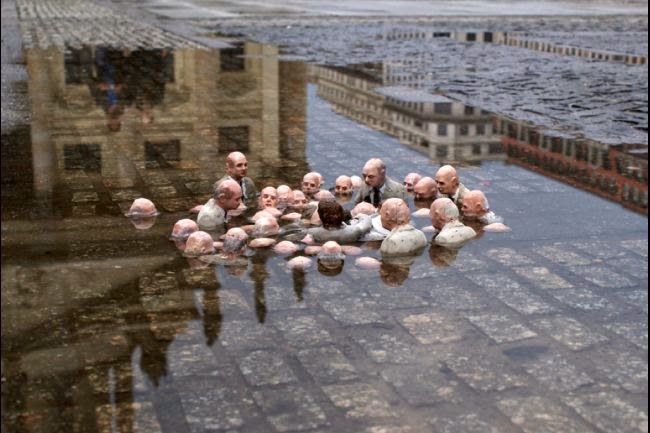

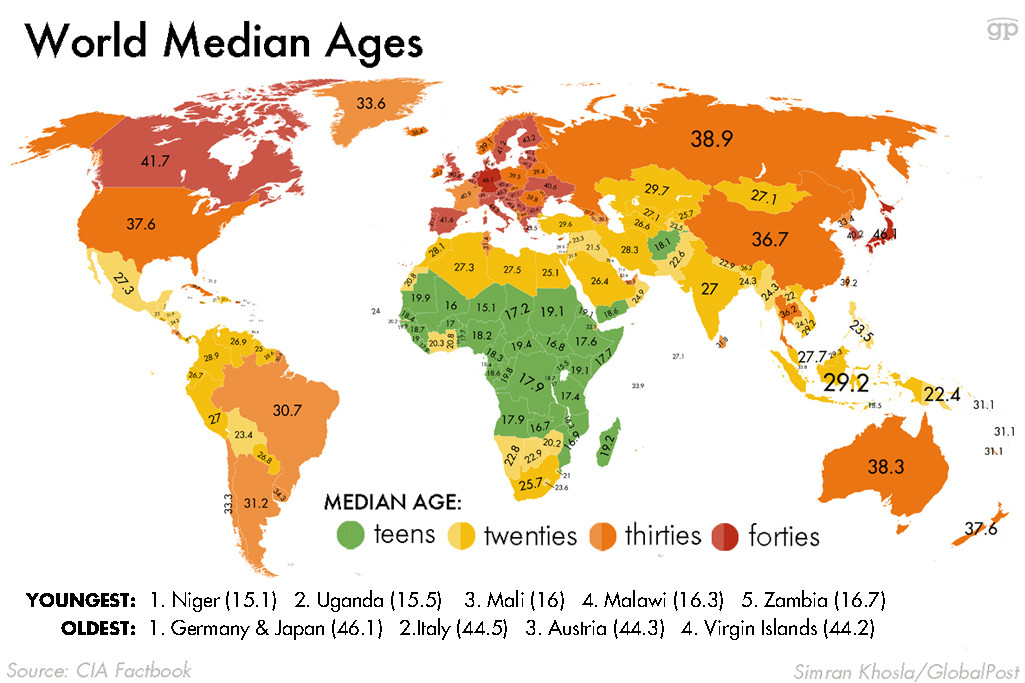


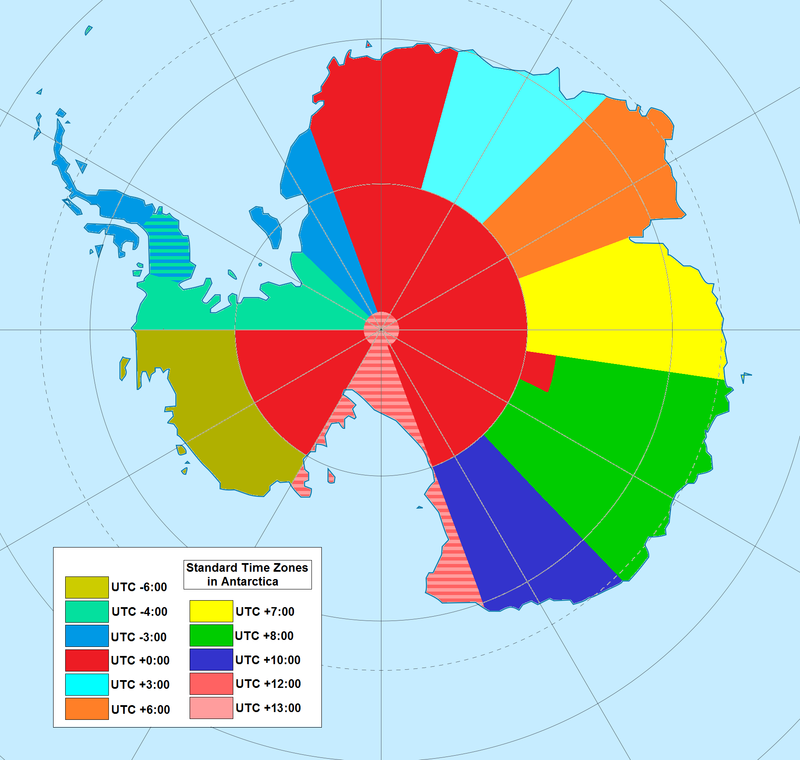

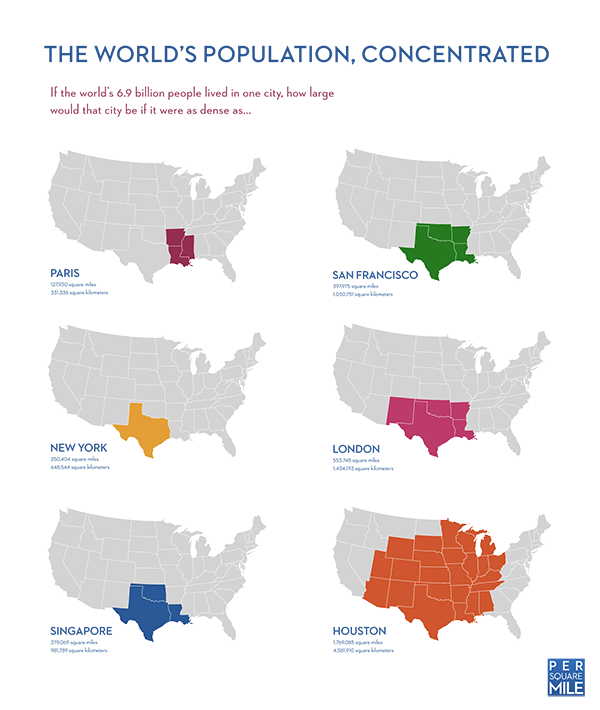
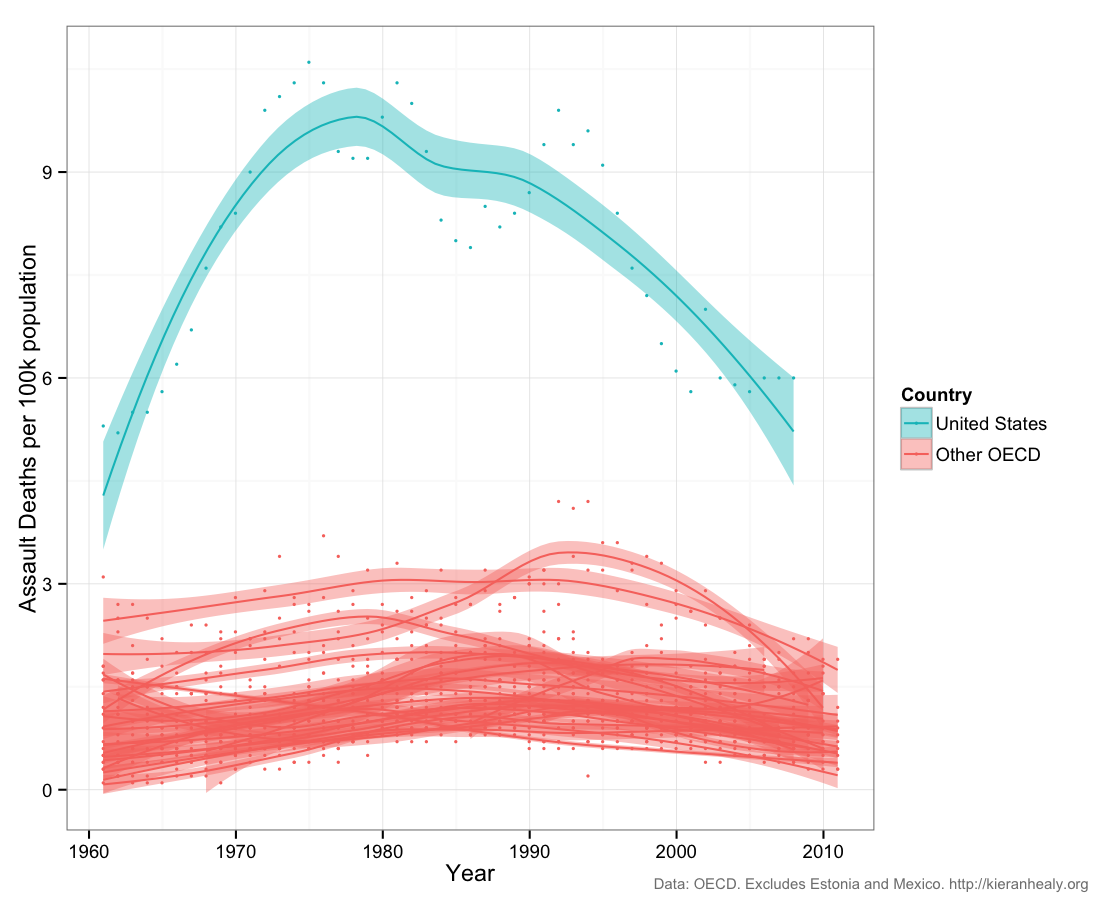

/cdn0.vox-cdn.com/uploads/chorus_asset/file/987422/Screen_Shot_2014-09-18_at_1.37.33_PM.0.png)
